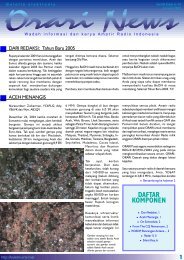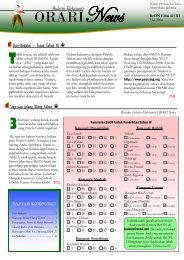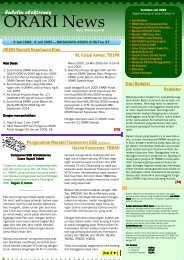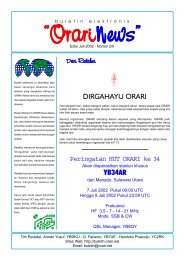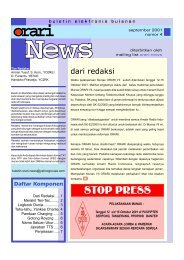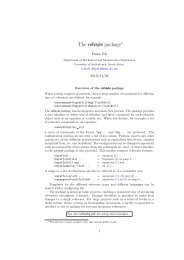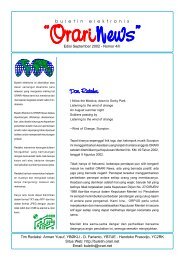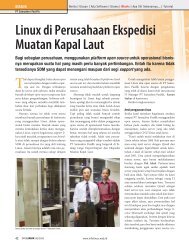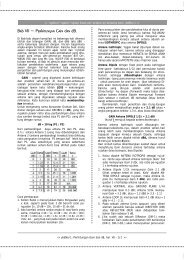Create successful ePaper yourself
Turn your PDF publications into a flip-book with our unique Google optimized e-Paper software.
current value (Point No. 1) and inverted point A passes through a<br />
minimum peak current point representing maximum positive anode<br />
voltage swing. The penciled line on the computer now represents<br />
an extension of the operating line into the area of positive peak<br />
voltage swing. The extended operating line is a straight line, twice<br />
as long as the original operating line. Instantaneous values of<br />
anode, screen, and grid current (if any) are those observed where<br />
the reversed ordinate lines on the computer cross the extended<br />
operating line.<br />
The current points measured with the computer inverted are logged<br />
and these, together with the points obtained in the first operation<br />
(computer right side up) provide a full set of instantaneous peak<br />
current values necessary for the calculation of Class A, AB, or B<br />
parameters. With the first set of computer readings termed A, B, C,<br />
D, E, F and G, the second (inverted) set of figures may be termed<br />
A’, B’, C’, D’, El, and F’, with the sets used in the following formulae,<br />
which are modifications of Chaffee’s permitting the use of current<br />
values directly from the constant current curves:<br />
3.2.5 An Example: Using the Computer for Class AB,<br />
Service<br />
Operating data is to be derived for an EIMAC 4CW100,000D<br />
tetrode operating at a anode potential of 10 kV with a screen<br />
potential of 1.5 kV. Assume that power output design goal for this<br />
particular application is about 60kW. Grid current is zero; that is,<br />
the tube is operated in the Class AB1 mode, with the grid never<br />
being driven positive.<br />
Within frequency limits, a anode circuit efficiency of about 55-<br />
60% may be assumed for Class AB 1 operation. Maximum d-c<br />
anode input is therefore 2.2 to 2.75 times the anode dissipation. A<br />
44




